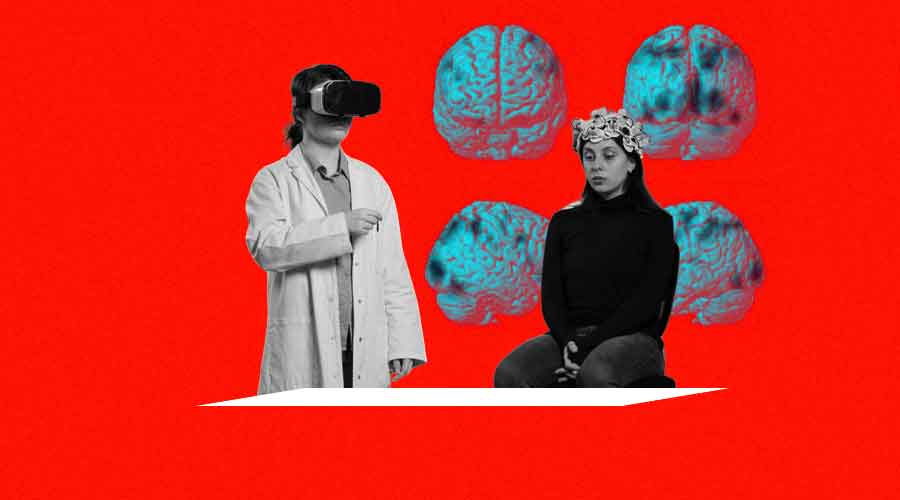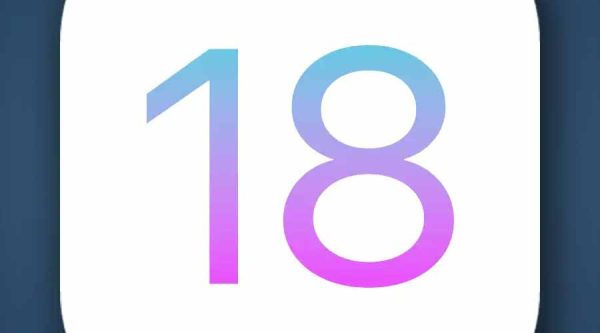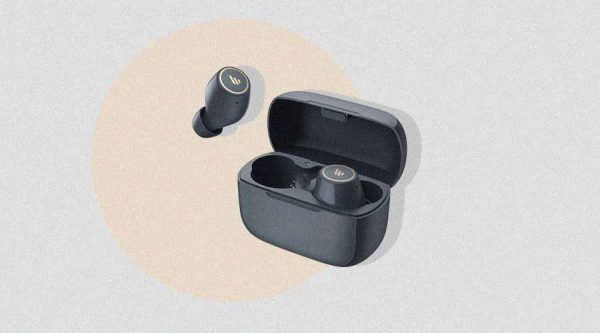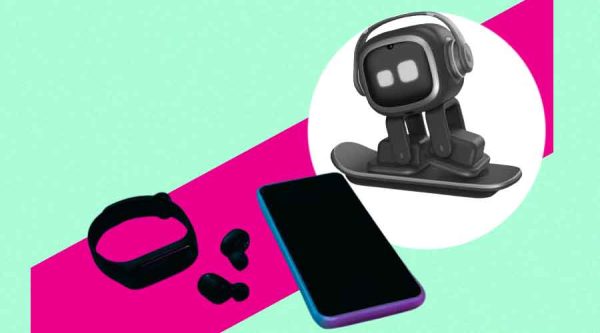
Learn how Mind-Reading Tech brings hope to paralyzed patients through AI advancements
In a groundbreaking stride toward restoring autonomy to paralyzed individuals, mind-reading technology has emerged as a beacon of hope. The convergence of neuroscience and cutting-edge technology has paved the way for remarkable breakthroughs, opening a new chapter for those who have lost mobility due to injuries or medical conditions.
Scientists at the GrapheneX-UTS Human-Centric AI Centre at the University of Device Sydney have made significant progress in developing a novel ‘mind-reading’ device that could revolutionize the lives of those who are paralyzed. This AI-Powered portable gadget, in contrast to earlier techniques that required surgery or large, heavy apparatus, opens up new possibilities in communication and neuroscience.
The technology, designed to aid those unable to speak due to illness or injury, operates through a sensory cap that ‘reads’ brainwaves without the need for implants or surgery. This breakthrough paves the way for seamless communication between humans and machines, offering hope for enhanced interaction with robotics and bionic limbs.
To validate the effectiveness of the technology, participants were equipped with a cap recording electrical brain activity via an electroencephalogram (EEG). The device, named DeWave, utilized an AI model to analyze EEG signals, segmenting them into distinct units capturing specific brain characteristics. Through extensive learning from diverse EEG data, DeWave successfully translated these signals into coherent words and sentences.
Distinguished Professor Chin-Teng Lin, the study’s director, emphasized the significance of this research in translating raw EEG waves directly into language, marking a pioneering effort in neural decoding. Unlike other technologies like Elon Musk’s Neuralink or traditional MRI machines, which rely on invasive procedures or are impractical for daily use, this technology represents a non-invasive and more adaptable approach.
Lin emphasized that the study’s robustness—which was carried out with 29 participants—was a significant advancement above earlier technologies that were only tested on one or two people. The device’s adaptability is improved by the users’ varied EEG wave patterns, which provide a more realistic environment.
As of right now, the system has an approximate 40 percent translation accuracy score on the BLEU-1, a measure of how closely machine-translated text resembles well-translated reference translations. Future advancements are anticipated to bring the system closer to the 90 percent mark, which is what researchers hope to achieve with standard language translation or speech recognition software.
Lead author Dr. Yigun Duan noted that while the model excels in matching verbs, there is room for improvement when dealing with nouns. The system sometimes leans towards synonymous pairs rather than precise translations, indicating a potential semantic challenge. Despite these hurdles, the model produces meaningful results, aligning keywords and forming similar sentence structures.
The research expands on earlier brain-computer interface technology developed by the University of Technology Sydney, and was chosen as the highlight paper at the esteemed NeurIPS conference, a premier yearly meeting exhibiting state-of-the-art research in AI and machine learning. This previous invention used brainwaves to control a quadriped robot and was created in partnership with the Australian Defence Force.



